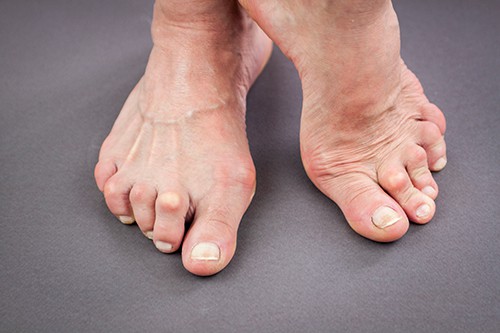Heel Pain

The most common cause of heel pain is a condition called plantar fasciitis. Other causes of heel pain include: stress fractures, Achilles tendonitis, nerve conditions, bursitis, or cyst.
Since some of these conditions mimic one another, a thorough exam by our physician can help determine the cause and proper treatment protocol for your heel pain.
What is plantar fasciitis?
The plantar fascia is a thick fibrous band of tissue that originates on our heel bone and extends to the base of our toes. Plantar fasciitis occurs when the tissue becomes inflamed and irritated resulting in heel pain.
Common Causes of Heel Pain
Symptoms of heel pain
- Pain worse upon arising
- pain after extending standing or walking
- pain in bottom of heel
- Pain in the arch of the foot
- pain progressively worsening over time
Plantar fasciitis present with pain that is with the first step in the morning and after arising from being sedentary. Once you walk a little it may ease up some, but the pain progressively worsens over time.
Treatment for Heel Pain
- Stretching exercises: this helps to reduce stress on the plantar fascia -Avoid barefoot/non supportive shoe wear- shoes with good arch support and slightly elevate heel to reduce stress on the plantar fascia
- Ice- applying ice can reduce soft tissue inflammation
- Limit activities-reduce physical activity to allow the heel tissues to rest
- Strapping- these are applied to help reduce stress and strain on the plantar fascia
- Orthotics devices: we offer both over the counter and custom devices to improve foot structure and reduce plantar fascial strain
- Injection therapy-Cortisone steroid injections are sometimes needed to “break the pain” cycle and reduce inflammation and pain
- Night splints- these devices stretche the plantar fascia while sleeping and may improve the first step in the morning
- Physical Therapy- physical therapy can help reduce pain and improve symptoms
- Removable Cast Boot- in severe cases immobilization may be used to rest the area and restrict the excessive stretching of the tissue.
- Surgical management- in rare instances, surgical management may be needed to resolve this condition
